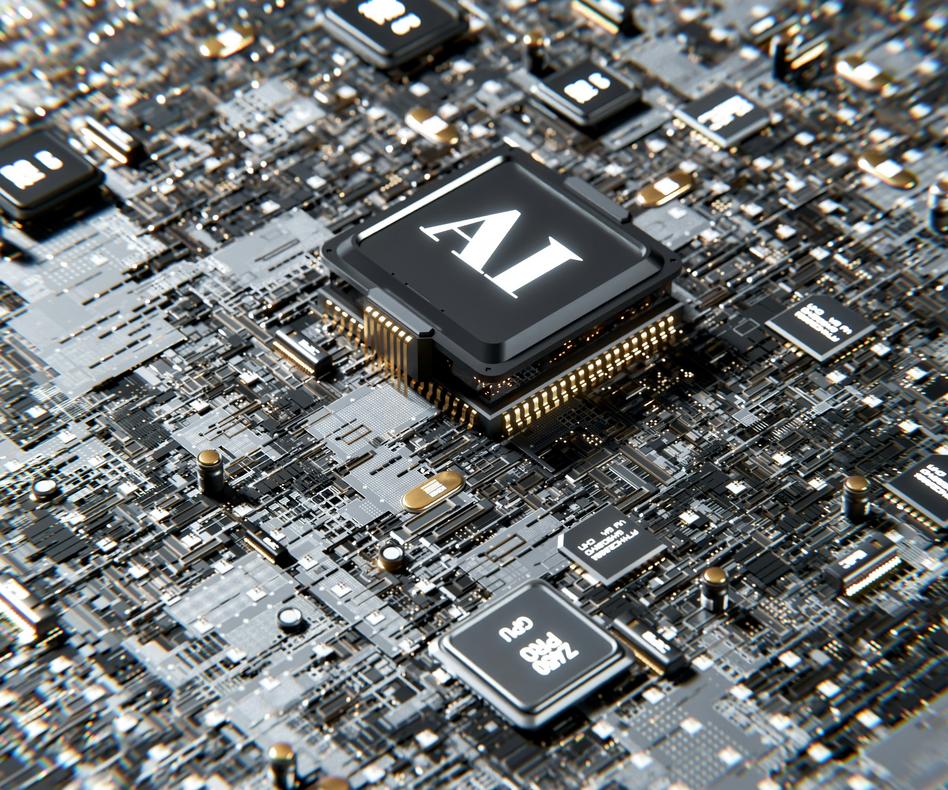Meta title: Laptops: Expert Buying Guide & Performance Tips
Meta description: Discover how to choose the right laptops for work or play with performance tips, battery advice, and durability insights.
Laptops: Choosing the Right Machine for Performance and Portability
The market for Laptops is diverse, and selecting the best model requires understanding core specifications, use cases, and build quality. Whether you prioritize battery life, processing power, or a slim chassis, informed decisions ensure a laptop meets long-term needs.
Performance, Portability, and Practical Considerations
When evaluating Laptops, prioritize the processor and memory for the tasks you expect to run. Productivity workflows and creative applications demand more CPU threads and sufficient RAM, while everyday browsing and document work can be handled by modest configurations. Storage type matters as well: solid-state drives deliver markedly faster responsiveness and reliability compared with traditional hard drives. Consider display quality and weight if you travel frequently, because a brighter panel and lighter body significantly improve daily usability.
Battery Life, Connectivity, and Future-Proofing
Battery life remains a decisive factor for professionals who work away from power outlets. Manufacturers vary widely in reported runtimes, so look for independent reviews that test real-world usage. Connectivity options, including USB-C, Thunderbolt, and Wi-Fi 6E, influence both current flexibility and future compatibility. Modular designs or easily serviceable Laptops can extend usable life by allowing upgrades to storage or memory, protecting your investment against evolving demands.
Final Thoughts
Selecting among Laptops is a balance of immediate requirements and expected longevity. Invest time in comparing benchmarks, battery tests, and repairability scores to identify a machine that aligns with your priorities. Thoughtful choice minimizes compromises and maximizes productivity over the device’s lifecycle. Held og lykke Charlie.



 “
“ “
“